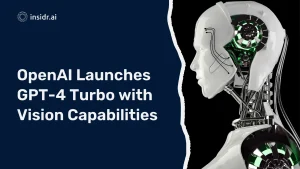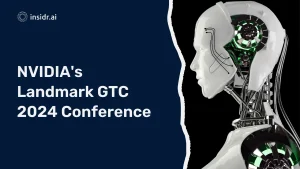
Are you tired of spending hours scrolling through search results that are irrelevant to your query?
Look no further than Google BARD, the latest tool from the tech giant to make online searches more efficient and personalized.
What is Google BARD?
Google BARD stands for Browser Assistant Rendering Agent.
This tool uses artificial intelligence and machine learning to analyze web pages and provide users with more accurate and relevant search results.
It can also identify and filter out spammy or low-quality pages, making your search experience more streamlined.
Google Bard is a ChatBot much like ChatGPT that will in theory have many of the same functions. It will work in many ways like OpenAI’s ChatGPT chatbot.
You will be able to have automated support and interact with Google Bard, but right now it is made to optimize search.
How to Use Google BARD
Google BARD is already integrated into the Google Chrome browser, so there’s no need to download anything extra.
Simply type your query into the search bar, and let Google BARD do the rest.
You can also customize your search settings to further refine your results.
One of the standout features of Google BARD is its ability to understand natural language queries.
For example, if you’re searching for a restaurant that serves vegan options, you can type in “vegan restaurant near me,” and Google BARD will provide you with relevant results based on your location.
Another useful feature is Google BARD’s ability to summarize content for you.
If you’re looking for quick information on a specific topic, Google BARD can provide a brief summary of the most important points from a webpage.
Google BARD vs. ChatGPT
Google Bard and ChatGPT are two chatbots that use natural language models and machine learning to provide conversational question and answer responses.
Despite their similar use of these technologies, there are differences between the two platforms.
At present, ChatGPT is based on data collected mostly up until 2021, whereas Google Bard can use the latest information for its responses.
Additionally, ChatGPT has a greater focus on answering conversational questions and is now used in Bing’s search results.
Meanwhile, Google Bard may also be used for this purpose, but only to augment Google’s services, and it currently exists as a separate product.
The two chatbots also use slightly different language models, with Google Bard utilizing LaMDA and ChatGPT based on GPT-3.5.
However, Google has acknowledged that ChatGPT has greater potential to answer more questions in natural language than Google Bard at present.
Furthermore, ChatGPT includes a plagiarism detector, although it is not foolproof.
While ChatGPT is readily available for users to try out, Google Bard is only accessible to beta testers.
Moreover, ChatGPT Plus now includes GPT-4, which further expands the capabilities of ChatGPT.
Benefits of Using Google BARD
Using Google BARD can save you time and frustration when searching for information online.
By providing more accurate and personalized results, you’ll spend less time sifting through irrelevant pages and more time finding the information you need.
Google BARD can also help protect you from malicious websites and scams.
By filtering out low-quality pages and spammy content, you’ll have a safer browsing experience.
Additionally, Google BARD’s natural language processing capabilities make it easier for non-native English speakers to find what they’re looking for.
You can type in a query in your native language, and Google BARD will provide relevant results in English.
Conclusion
Google BARD is an excellent tool for anyone who wants to streamline their online searches and find more accurate and personalized results.
With its natural language processing capabilities, content summarization feature, and spam filtering, Google BARD is the perfect browser assistant to help you get the most out of your online experience.
So next time you’re searching for information online, give Google BARD a try and see the difference for yourself.
Discover More AI Tools
Every week, we introduce new AI tools and discuss news about artificial intelligence.
To discover new AI tools and stay up to date with newest tools available, click the button.
To subscribe to the newsletter and receive updates on AI, as well as a full list of 200+ AI tools, click here.







